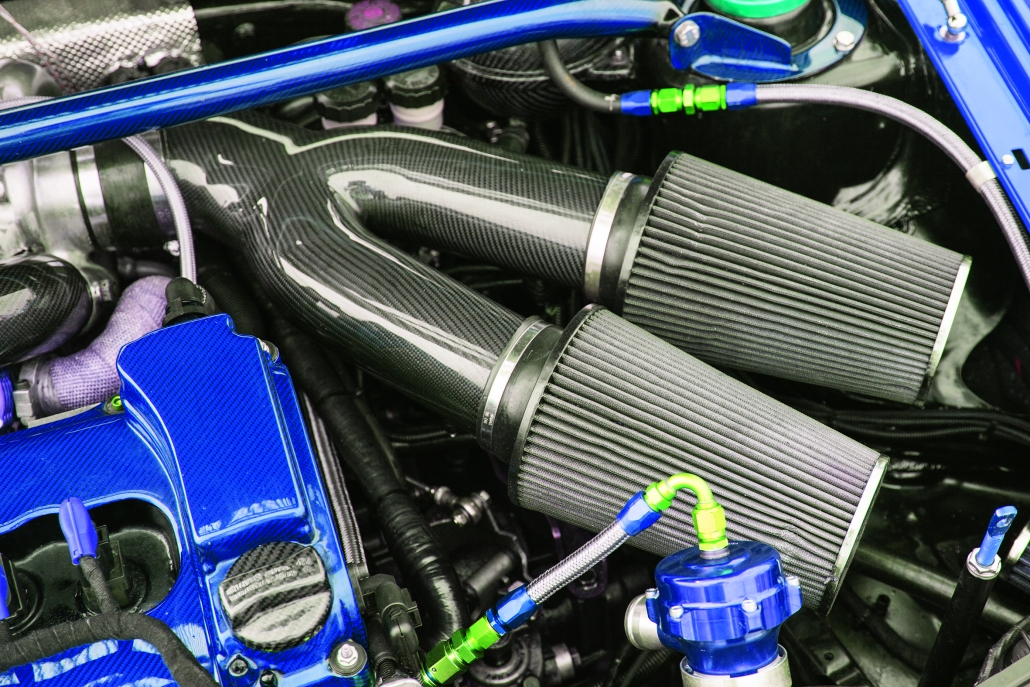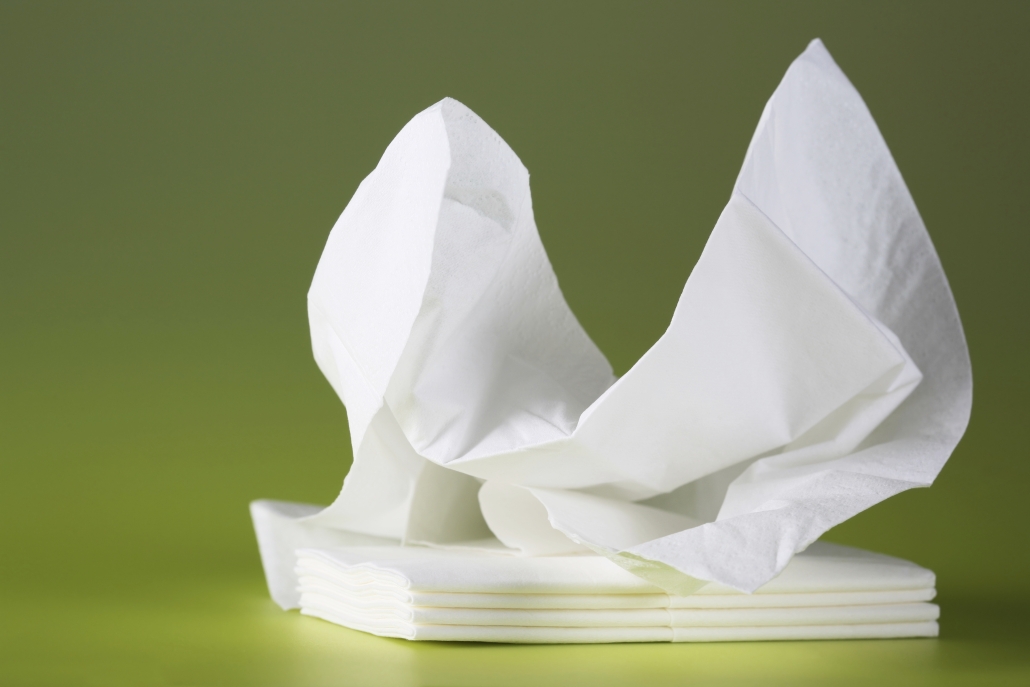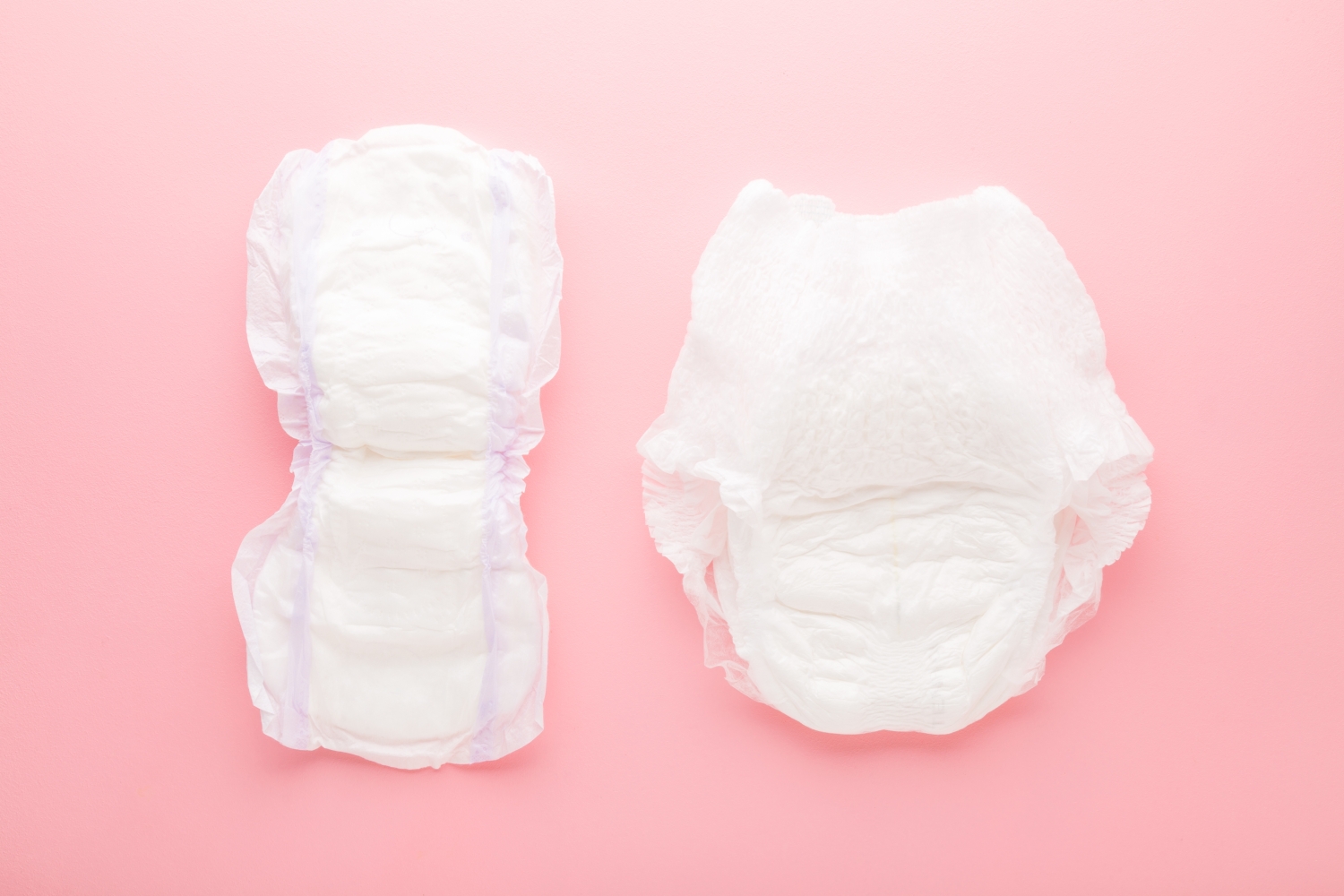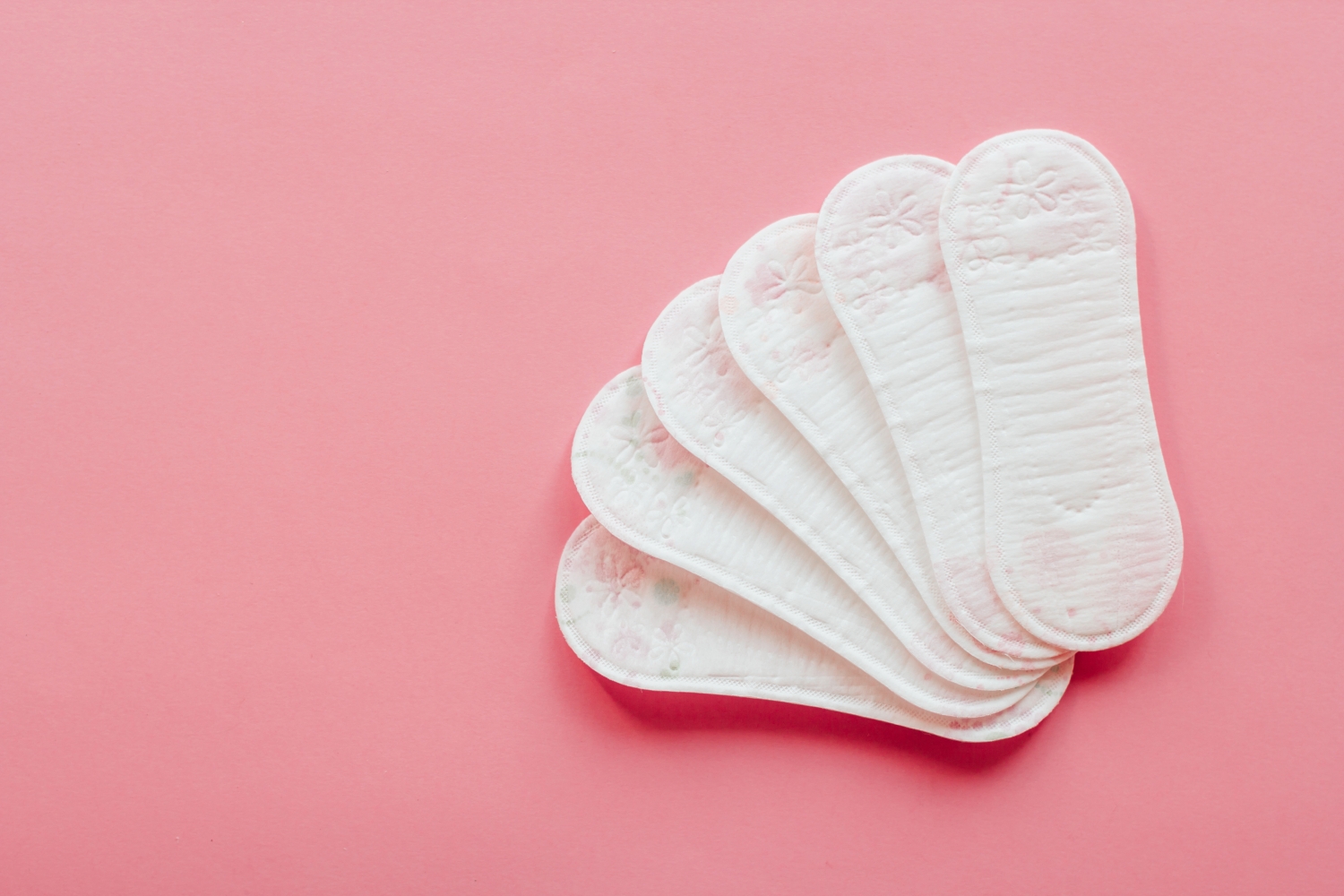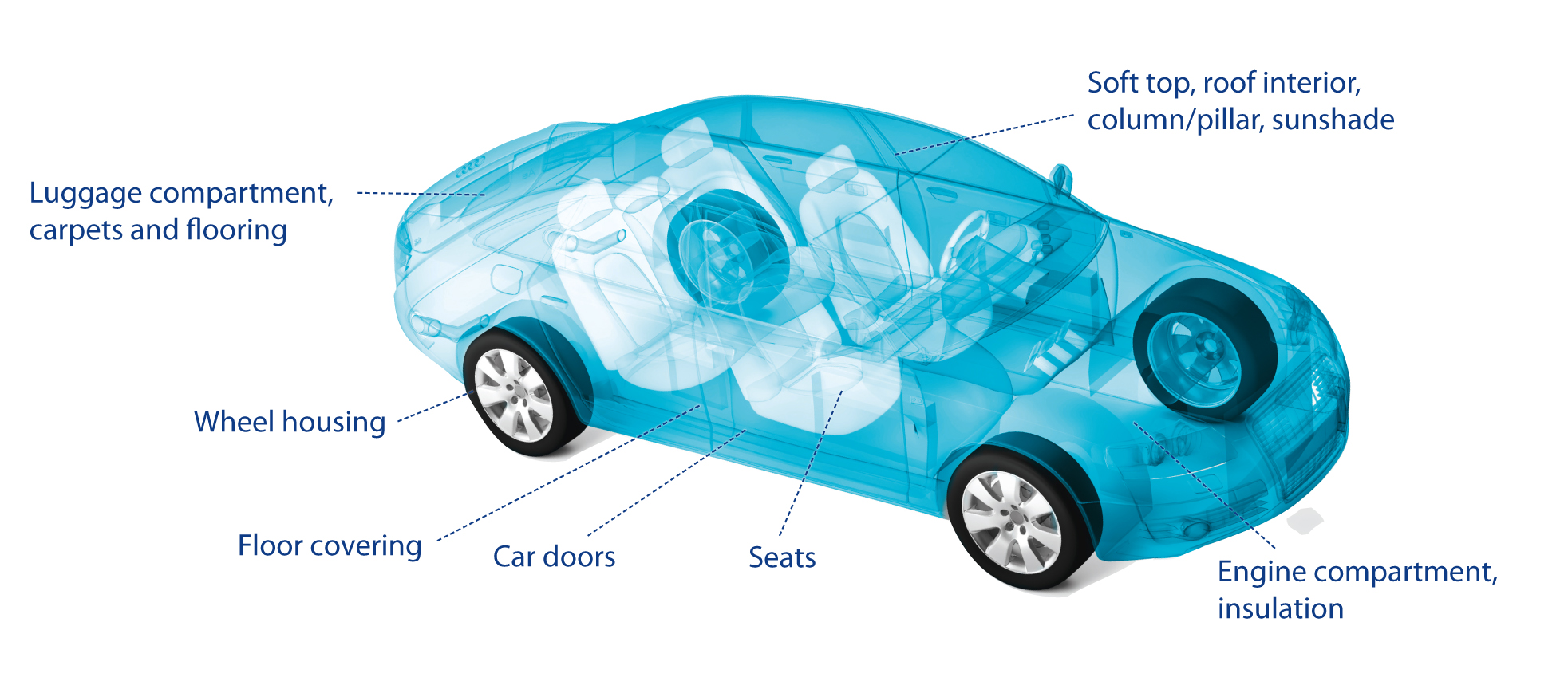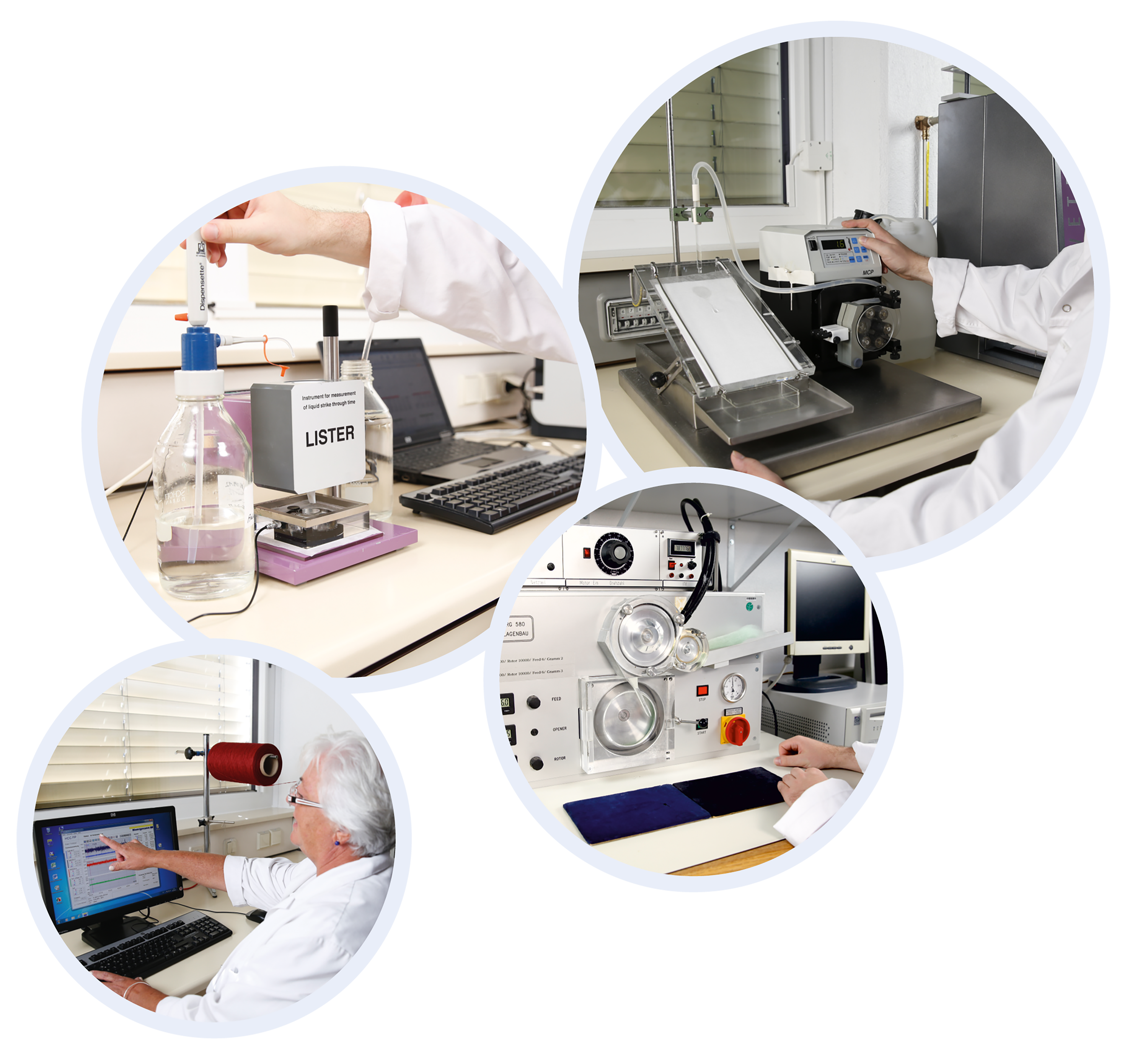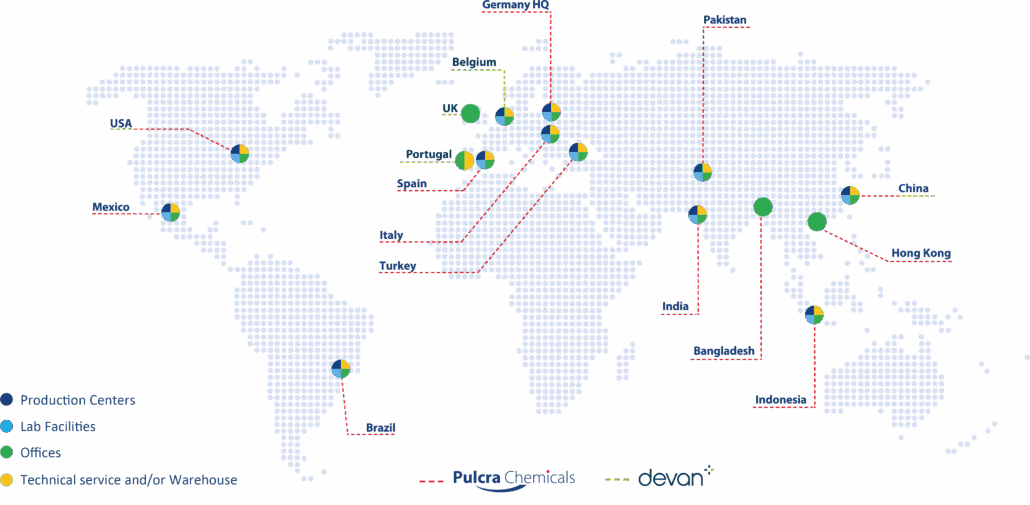WHAT ARE NONWOVENS?
Nonwovens are defined as sheet or web structures bonded together by entangling staple fibers or filaments mechanically, thermally or chemically. The fibers or filaments may be of natural or man-made origin. They are flat and porous sheets that are made directly from separate fibers or molten polymers. Nonwovens are not made by weaving or knitting and do not require the fibers to be converted to yarn.
Nonwovens are engineered fabrics which may have a single use or a durable life. They provide various special qualities such as absorbency, repellency of liquids, softness, strength, resilience, stretchiness, flame retardancy, washability, filtering, bacterial barrier and sterility. These properties are often combined to make tailor made fabrics suitable for specific applications, while achieving a good balance between product shelf life and cost. They can imitate the appearance, strength and texture of a woven fabric and can be as bulky as the thickest paddings.
The combination with other materials provides a wide spectrum of products with diverse properties. These products can be used alone or as components of health care, apparel, furnishing, industrial and consumer goods.




